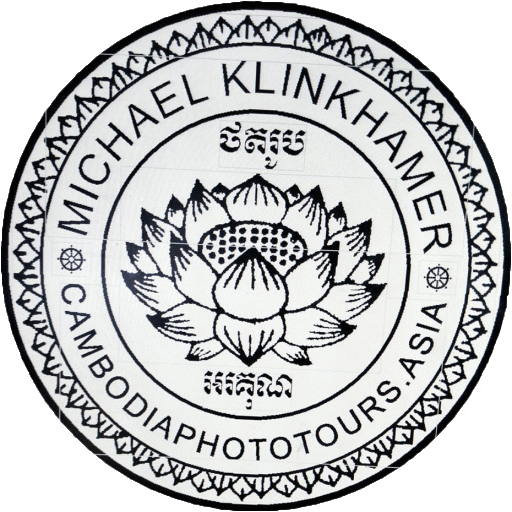all images are copyright © Roland Neveu.
For licensing contact: rolandneveu@gmail.com
Words: Michael Klinkhamer
“On that fateful April 17, 1975, Khmer Rouge soldiers walked the boulevards of Phnom Penh, mostly barefoot and in black pajama-like uniforms after five years of fighting.”
Heavily armed with hollow eyes and icy stares.”
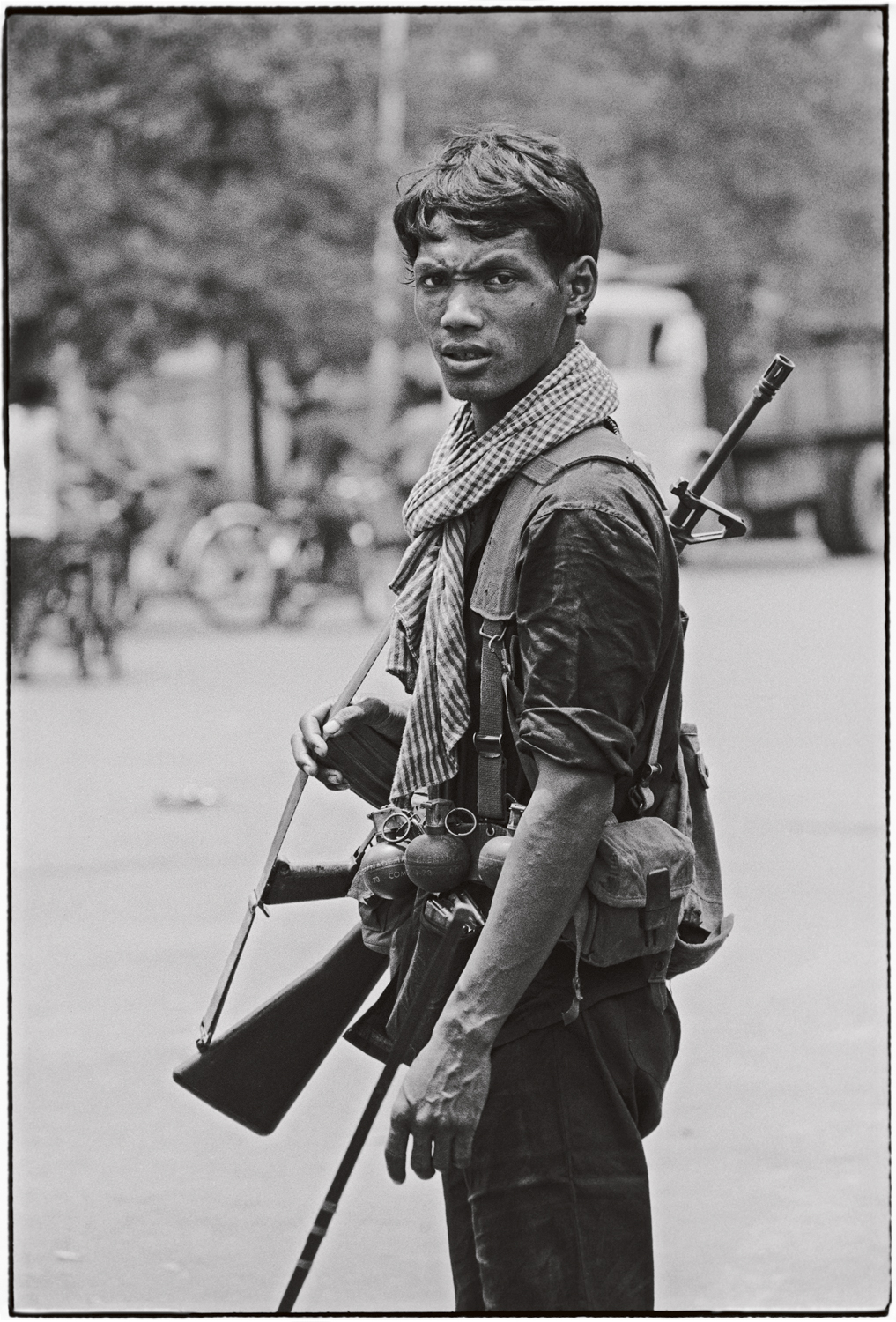
These are the words of Roland Neveu, in 1975 a young French photographer, 24 years old, from Rennes, Brittany.
We spoke to him recently from his hometown of Bangkok.
“They showed no hostility at first when I photographed them.”
“Many of those soldiers, probably for the first time in a big city, looked at the population as uncertainly as the frightened residents of Phnom Penh looked at them.”
Until now I had only seen dead Khmer Rouge soldiers close to the front.
Now they walked into the city en masse, alive and unopposed.
The grueling civil war that had been raging in the countryside and jungle for five years was over, or so the Cambodians thought.
The events on that day of April 17, 1975 were so intense that what happened suddenly sometimes seemed unreal to Roland and in fact they still are. After purely out of ambition and hunger for his first news ‘scoop’ he made the decision not to be evacuated on the last possible flight from Cambodia.
“In the end I succeeded,” Roland continues.
I escaped unscathed after a few tense weeks, intense events and a tough forced return by truck to the Thai border.
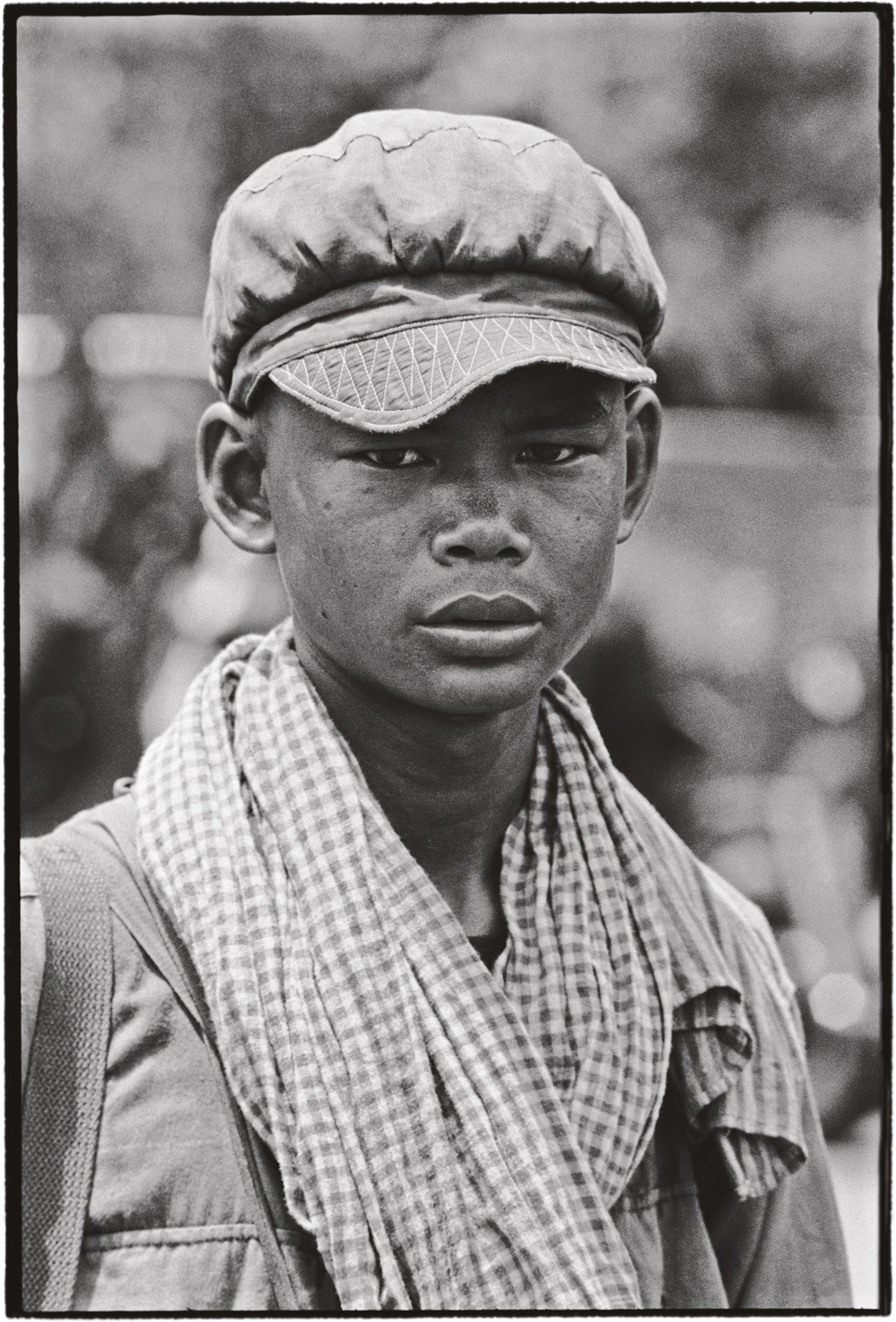
“My films that I had hidden everywhere in my luggage made it to Paris and to my agency Gamma.”
And then?
“Not much actually happened with them at the time because Saigon also fell at about the same time on April 30, 1975. The war in Vietnam had been the “main act” in the international news world for years and Cambodia was the “side show”.
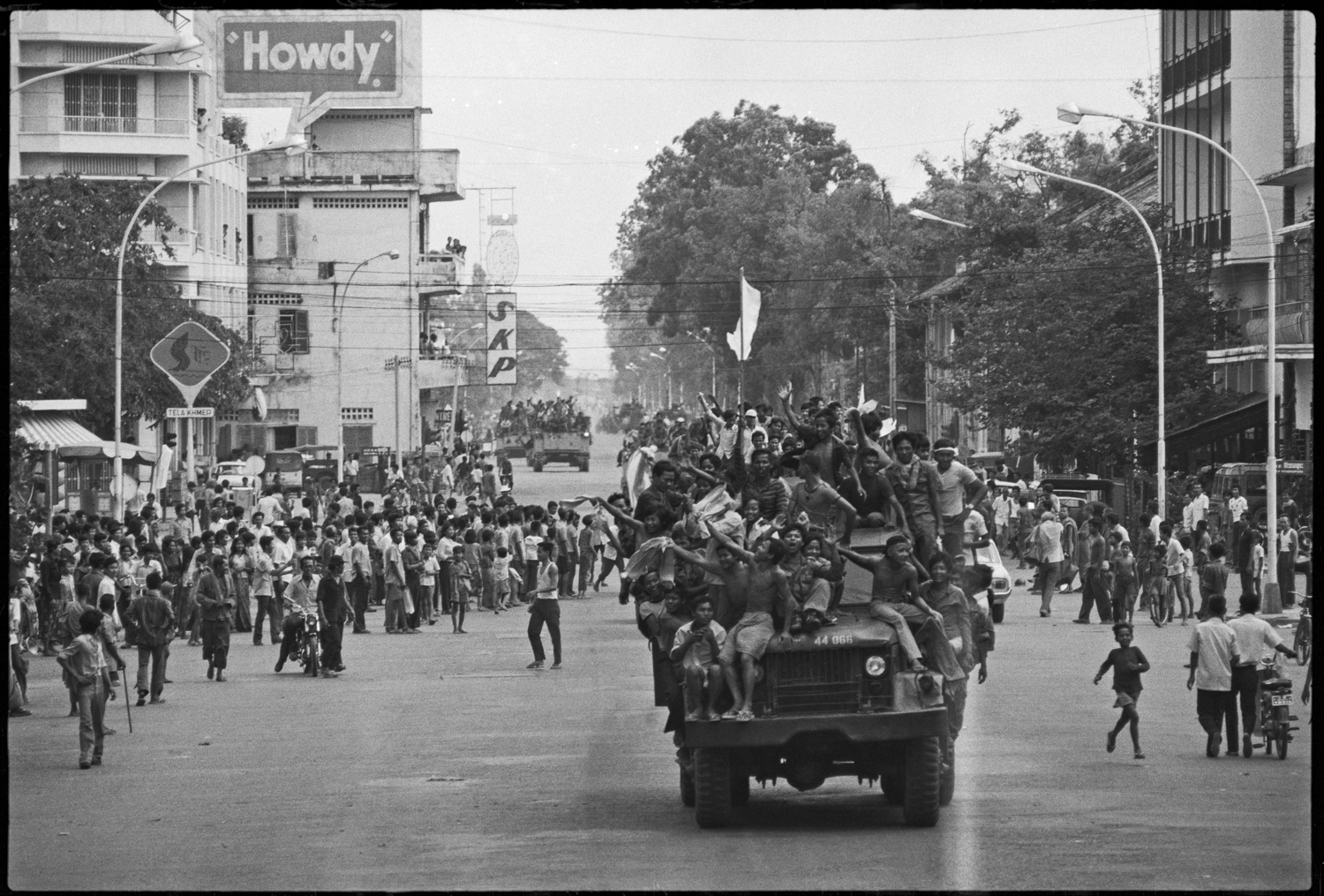
It was only many years later that my photos received attention, many publications and the confirmation of that work followed. “Also because before that no one knew what really happened in Cambodia between 1975 and 1979.”
In his photo books ‘The Fall of Phnom Penh’ and ‘Cambodia the years of turmoil’ we see pure class photojournalism.
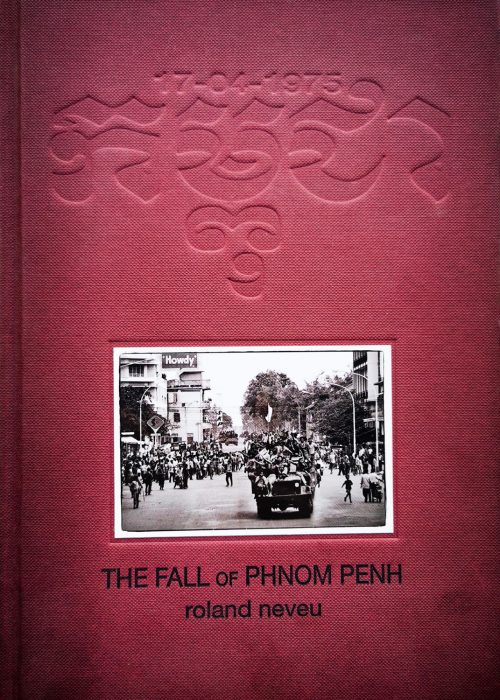
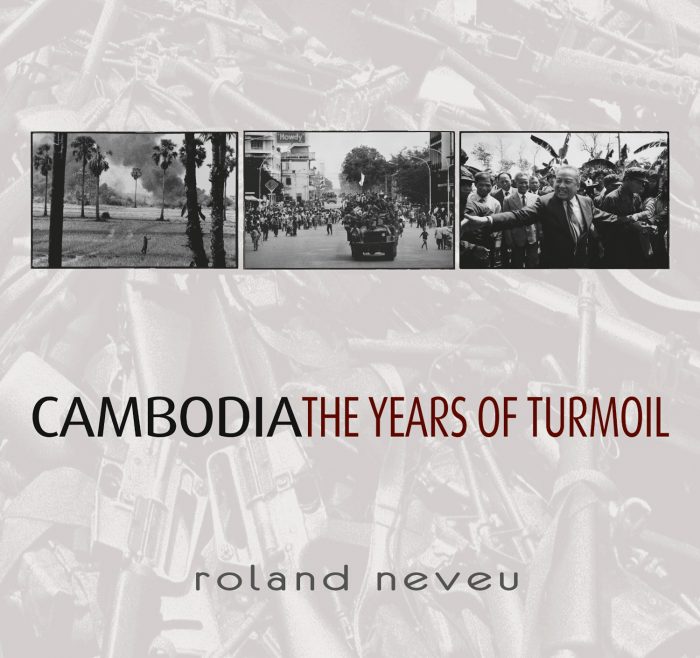
With only a few rolls of leftover black-and-white film, Plus-X and some Ektachrome slide films, Roland manages to very carefully enter the streets in the early morning between the population and Khmer rouge soldiers.
Hundreds of defeated government soldiers are disarmed and march calmly and cheerfully waving to a concrete stadium nearby where an inevitable fate awaits them.
That day, Roland Neveu himself walks with a lot of courage, purely on intuition, armed with his Nikon F camera and a few lenses among the population. He photographs the bewildered guerrilla soldiers and the total chaos that now arises.
At one point he jumps onto an army truck and takes a few now iconic overview photos of the events.
Constantly on guard against the danger of being mistaken for an American CIA agent and having his cameras and films confiscated, or worse.
He then turns out to have iron nerves and a good dose of luck.
Later in the day when the festive atmosphere on the streets changes and the real diabolical plans of the Khmer Rouge become clear.
Namely, the total evacuation of the population from the city to reform penal camps in the countryside. He feels the danger hanging in the air.
“Because I only had so few films and also slow Plus-X, I had to be very selective and make the right decisions photo by photo.” “Infinitely photographing was not an option at the time, I was super focused on what was happening and kept a close eye on my camera film counter.”
The close portraits of the Khmer Rouge soldiers in black and white are especially impressive.
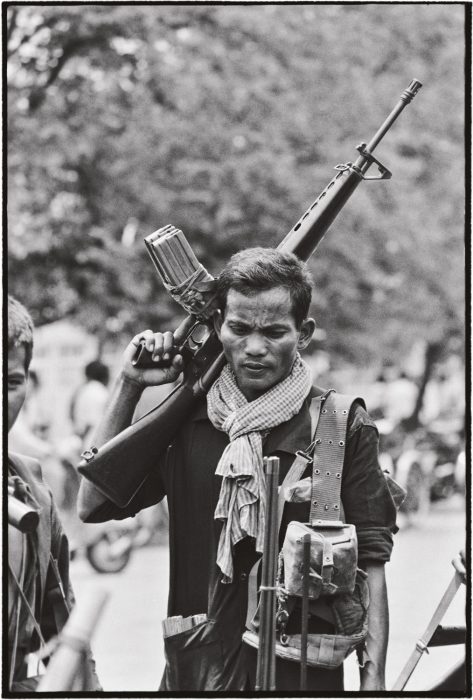
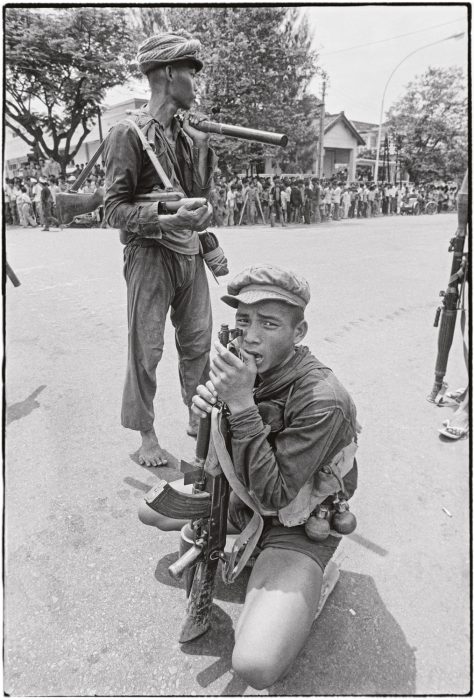
What are these armed and hardened Cambodian men and child soldiers thinking?
What have they already been through and how will their ultra-revolutionary communist struggle end? Just look them in the eyes!
Photographer between world conflicts and La-La-Land
Roland reported for more than twenty years for Time Magazine and Newsweek, among others, on hotspots, such as the first Soviet prisoner of war in Afghanistan and the siege of Beirut in 1982. Nearly three years of war in Lebanon, El Salvador, fighting in the Philippines and the fall of Marcos.
In between the mentioned conflicts, Neveu also worked steadily on a Hollywood career as a stills photographer for Hollywood films such as Platoon (Oliver Stone) and Thelma and Louise (Ridley Scott) The Killing Fields (Roland Joffé) City of Ghosts (Matt Dillon) and dozens of others film productions from 1989 to recent.
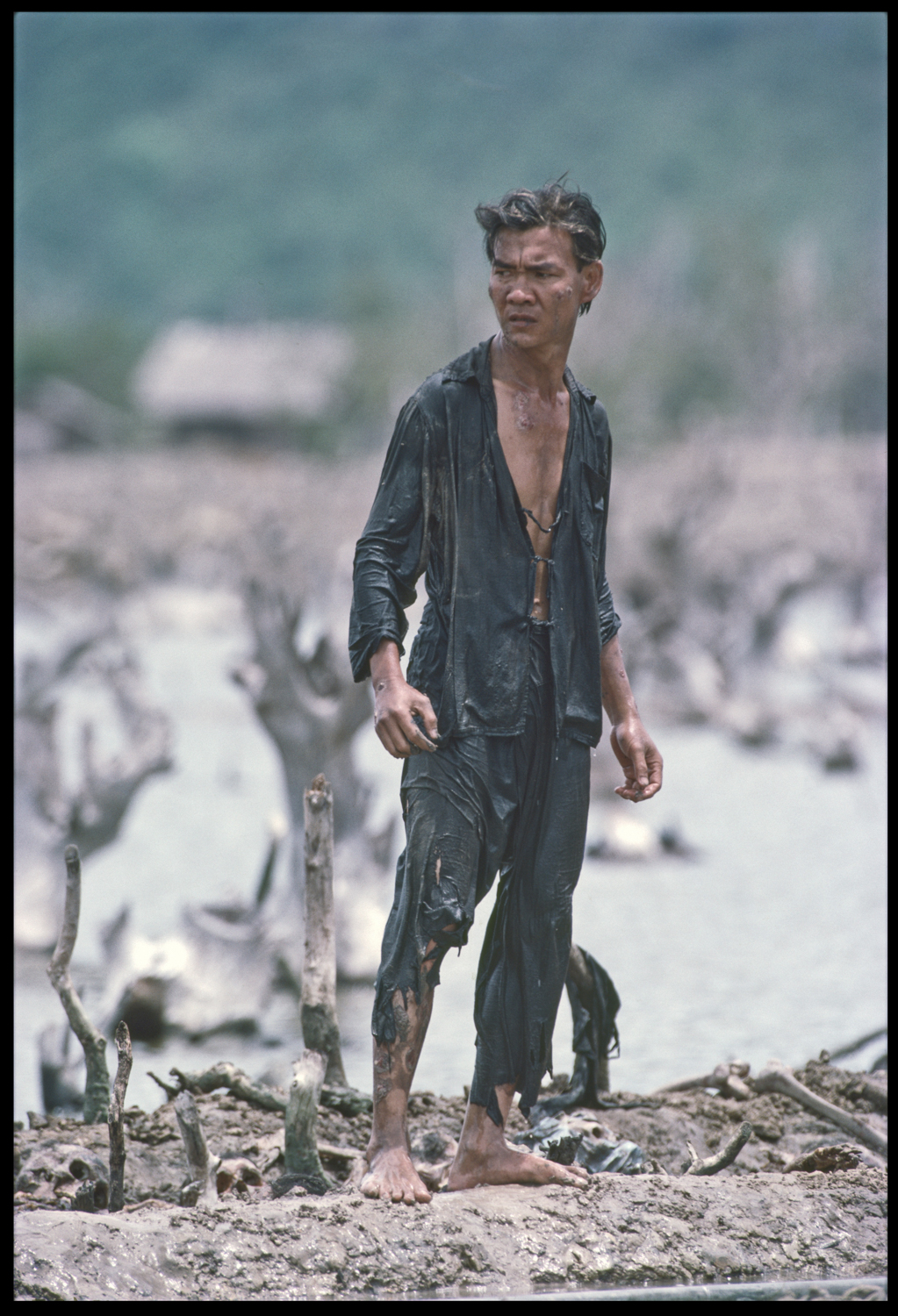
The transition from pure photojournalism to Hollywood fiction came at the right time for him and was in fact a logical response to the decreased demand for hard news at the major news magazines. Especially during the Reagan years, Time and Newsweek, and the newspapers, turned more and more towards “lifestyle.”
His film stills photo assignments on the set of ‘The Killing Fields’, barely nine years after the fall of Phnom Penh, opened the doors for him in Hollywood. In 1986 he photographed for one of the most ultimate Vietnam war films ‘Platoon’ by Oliver Stone

‘First they killed my Father’ was more than work for me
More recently in 2017 he photographed the Angelina Jolie Netflix production ‘First they killed my Father’ by author Loung Ung. A film about the true story of a young Cambodian girl who grew up during the Khmer Rouge occupation and saw her young life of luxury turn into hell on earth between 1975-1979.
‘First They Killed My Father’ is an important film that was supposed to bring a belated form of reconciliation to the Cambodian people.
In Cambodia people prefer not to talk about the past, only the present counts.
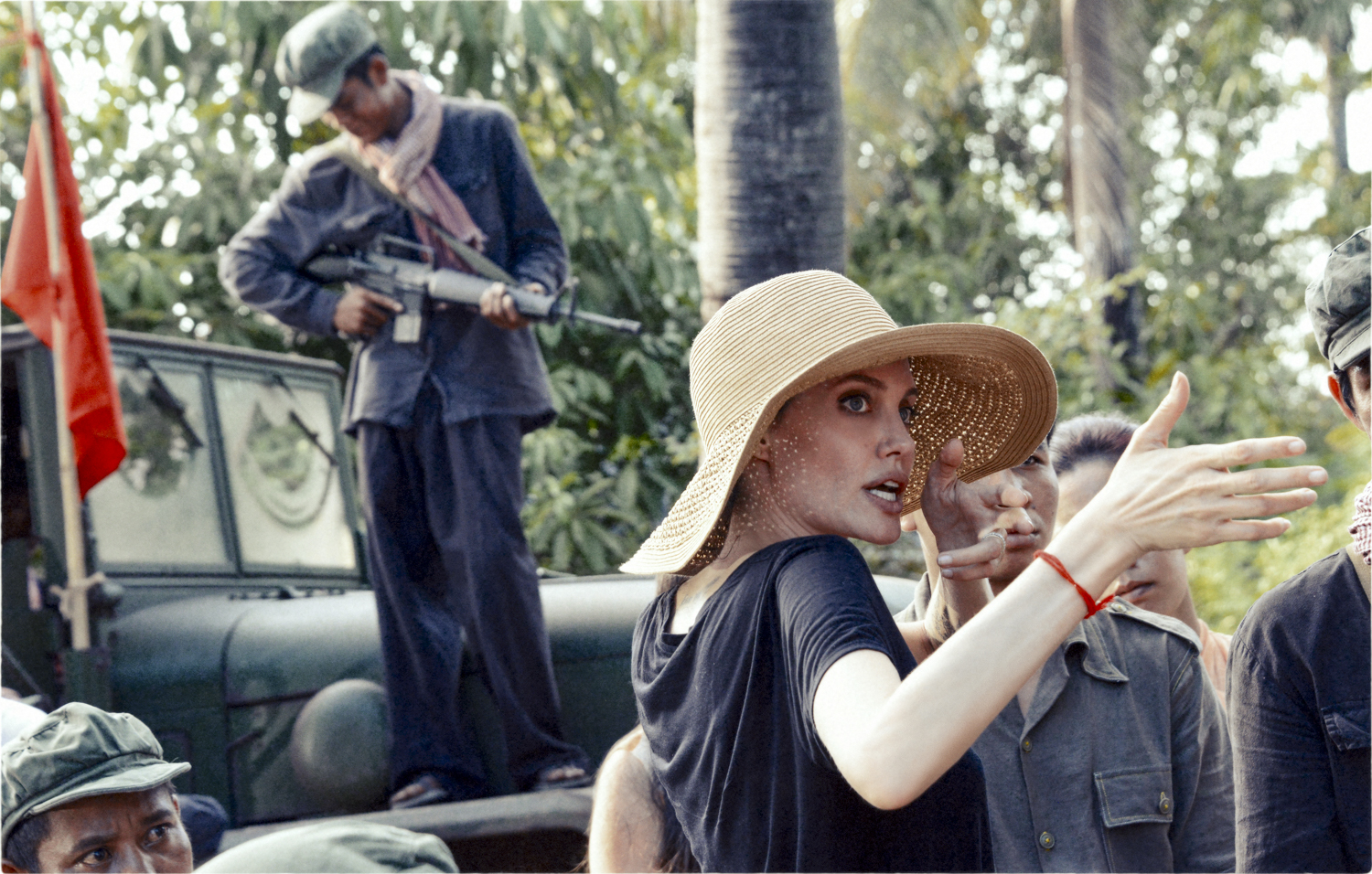
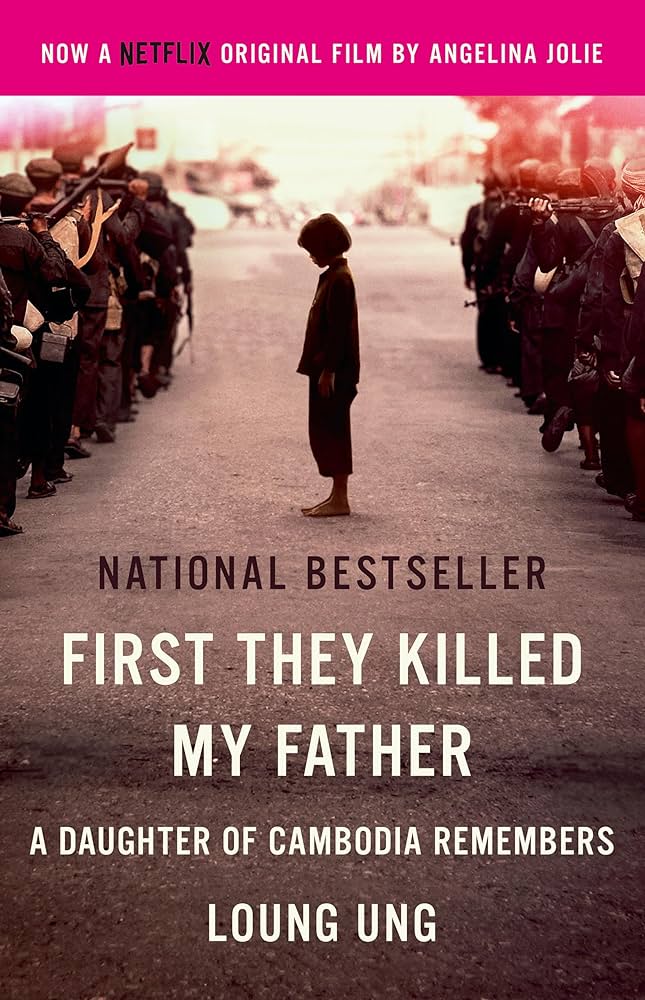
“The film ‘First they killed my Father’ in particular gave me a feeling of coming home among friends and almost family.
That film was for more than work, it was a connection to my Cambodia 1975 reportage photos, and to the many memories of that time.”
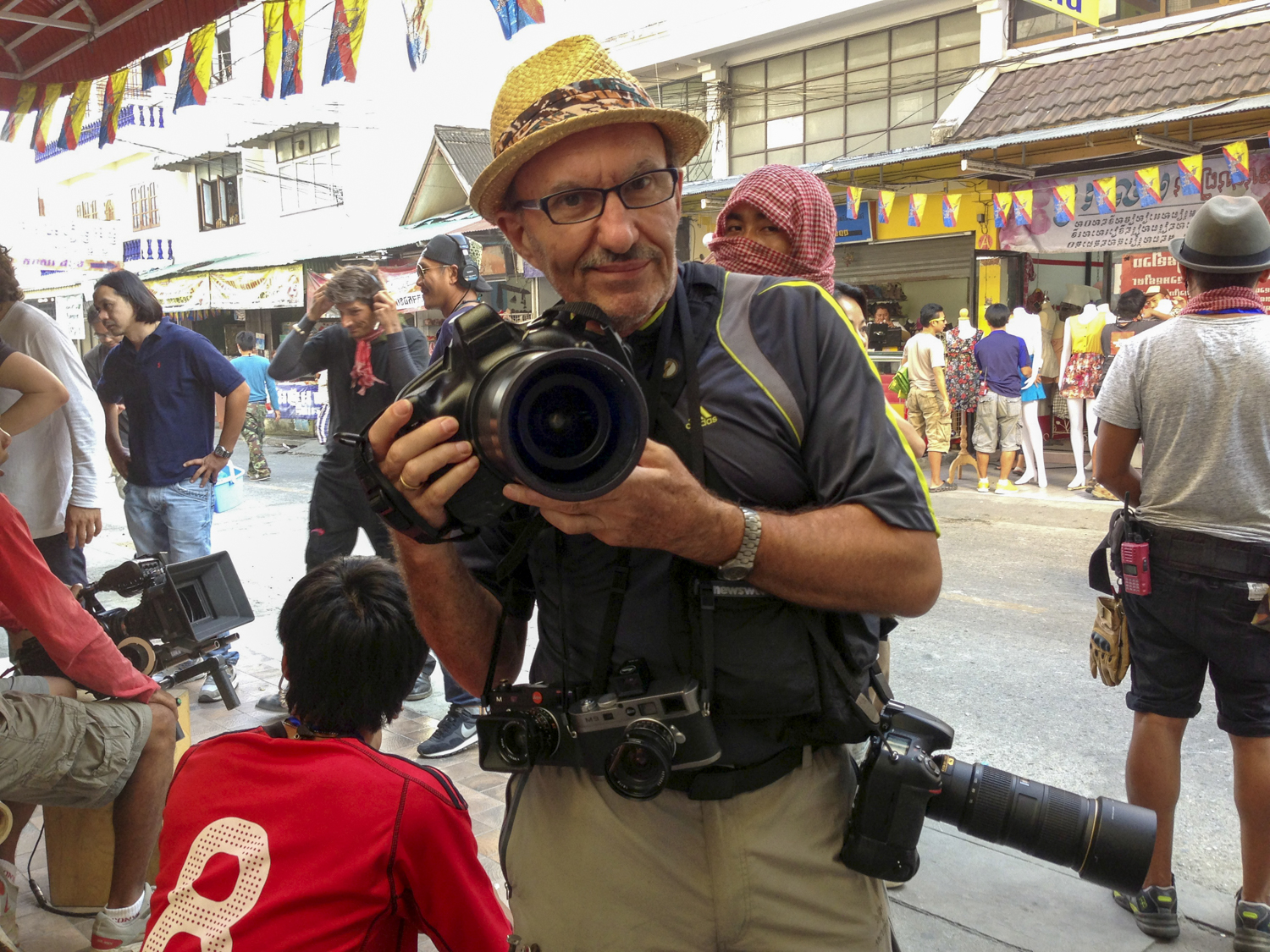
The book ‘The Fall of Phnom Penh’ is still available to a limited extent directly through Roland Neveu and his publisher in France. An edition is being prepared to commemorate the 50 years since the fall of Phnom Penh.
“Cambodia the years of Turmoil’ is currently no longer available in print.
There is an online version available here
Contact: rolandneveu@gmail.com
